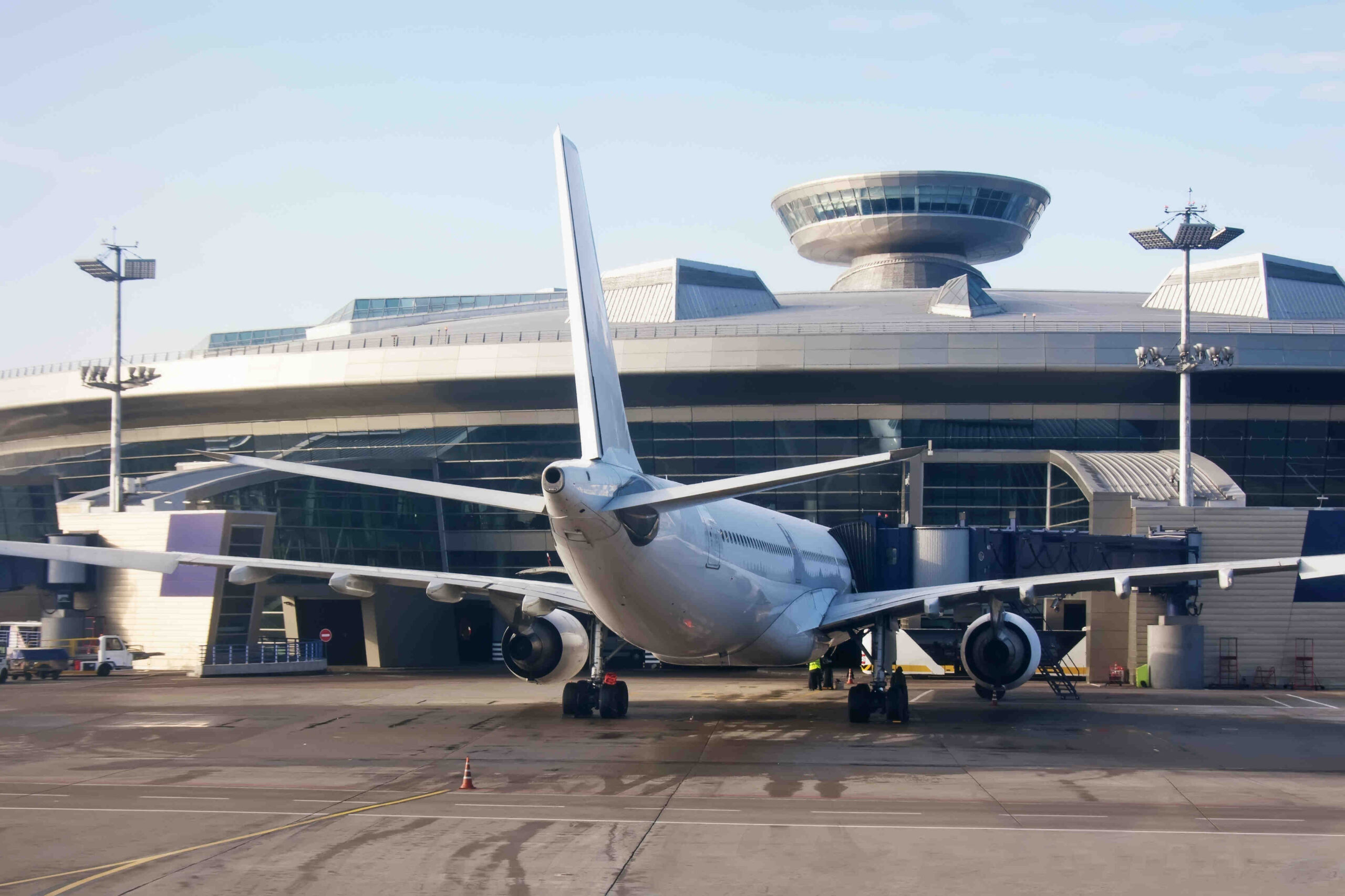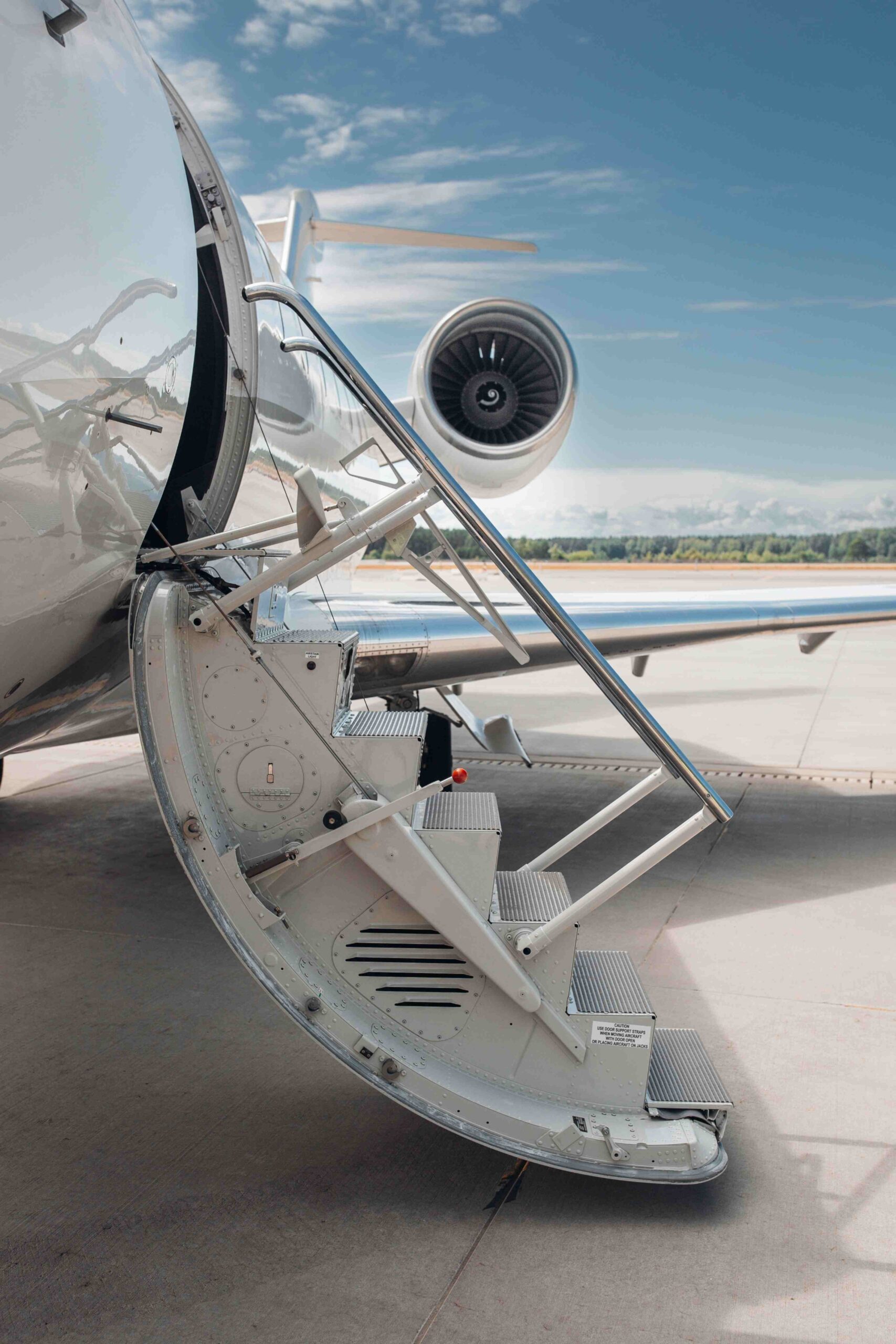English is the mandatory language of communication in international civil aviation. Accurate and precise communication between flight crews and air traffic services is one of the cornerstones of the aviation safety system.
In practice, however, a general knowledge of the English language alone is not enough. In order to eliminate and minimise the risk of communication errors, a detailed Aviation Phraseology has been developed. This is a collection of standardized phrases and language procedures, which has been refined and harmonized internationally over decades.
The use of aviation phraseology is mandatory for all aviation staff involved in international operations. In order to ensure a uniform level of language competence and to increase the efficiency and safety of aviation operations, a language proficiency testing system has been set up.
Standardization of aviation safety language
The basis for language standardisation in civil aviation is found in the annexes to the Convention on International Civil Aviation (commonly known as the Chicago Convention). In particular, these annexes relate to aeronautical communications, personnel licensing and air traffic management.
As part of a global effort to standardize communications as a tool for enhancing aviation safety, ICAO has implemented a language proficiency rating system. This system defines specific proficiency levels and detailed evaluation criteria that must be met by pilots and air traffic controllers operating in international airspace. The aim is to ensure consistent and effective communication between all airspace users, regardless of their country of origin, and between the services responsible for air traffic control.
The Six ICAO Language Proficiency Skills
The assessment of English language proficiency in aviation is based on six core language proficiency skills defined by ICAO. The ICAO Language Proficiency Rating Scale, as detailed in Part III, Appendix A of Document 9835, outlines the specific assessment criteria for each of these skills at different levels of proficiency.
Assessed Competencies:
- Pronunciation – the accuracy and intelligibility of pronunciation, including the influence of accent on communication.
- Structure – the range and accuracy of grammatical structures used in operational communication.
- Vocabulary – the breadth and appropriateness of both general and aviation-specific vocabulary.
- Fluency – the pace, smoothness, and coherence of speech.
- Comprehension – the ability to understand messages in various operational contexts.
- Interactions – the ability to engage in effective and flexible information exchange, including appropriate responses to non-routine situations.
The minimum acceptable level of language proficiency for operational personnel (pilots and air traffic controllers) is level 4 – Operational. The assessment is carried out by means of standardized tests which assess both comprehension and the ability to communicate and use the language in realistic operational scenarios.
Aviation at Lazarski University
We encourage you to explore the intriguing world of modern aviation by reading our blog and enrolling in aviation majors at Lazarski Aviation Academy at Lazarski University.
Lazarski Aviation Academy
The place where dreams take off. We offer graduate, postgraduate and MBA studies for future pilots, aviation lawyers and managers.



